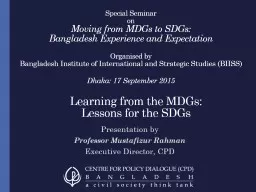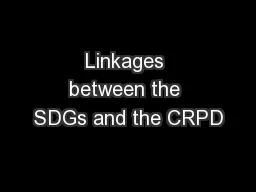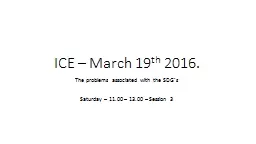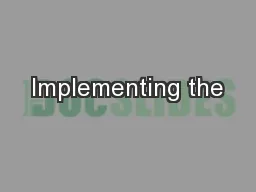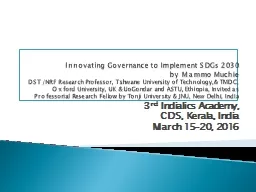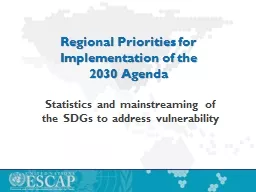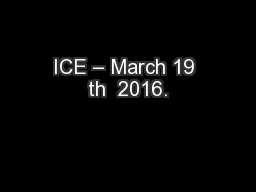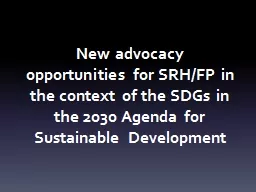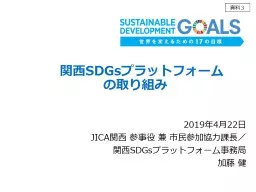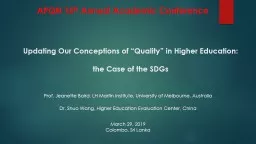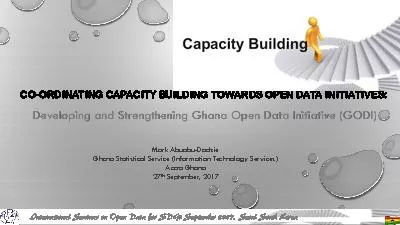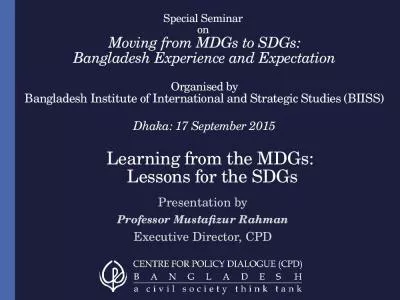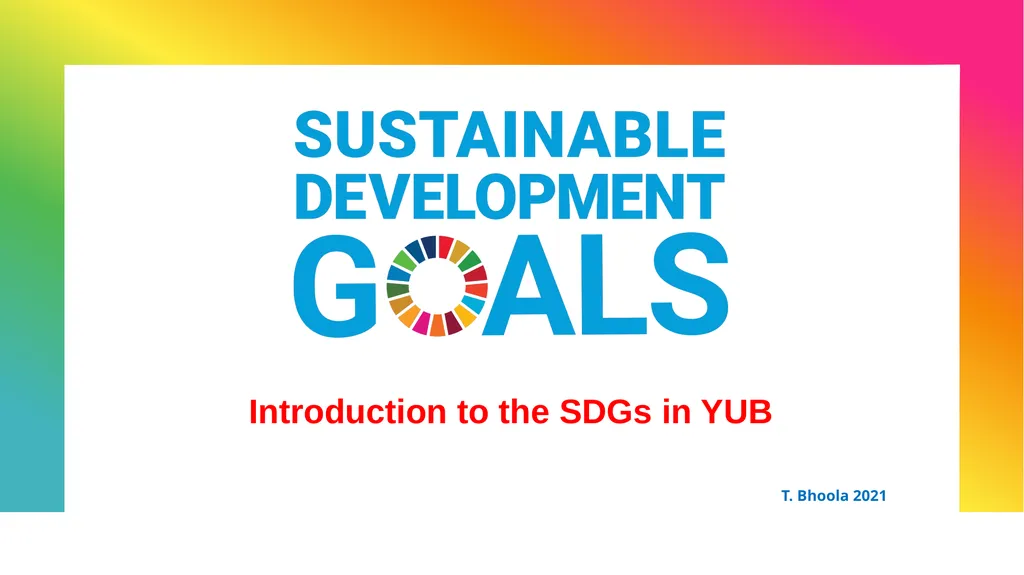
Author : mitsue-stanley | Published Date : 2025-08-04
Description: Introduction to the SDGs in YUB T. Bhoola 2021 Think, Pair, Share What are some of the biggest problems faced by people in your community, your country? For example: poverty First, think on your own, then discuss with a partner and thenDownload Presentation The PPT/PDF document "" is the property of its rightful owner. Permission is granted to download and print the materials on this website for personal, non-commercial use only, and to display it on your personal computer provided you do not modify the materials and that you retain all copyright notices contained in the materials. By downloading content from our website, you accept the terms of this agreement.
Here is the link to download the presentation.
"Introduction to the SDGs in YUB T. Bhoola 2021"The content belongs to its owner. You may download and print it for personal use, without modification, and keep all copyright notices. By downloading, you agree to these terms.
